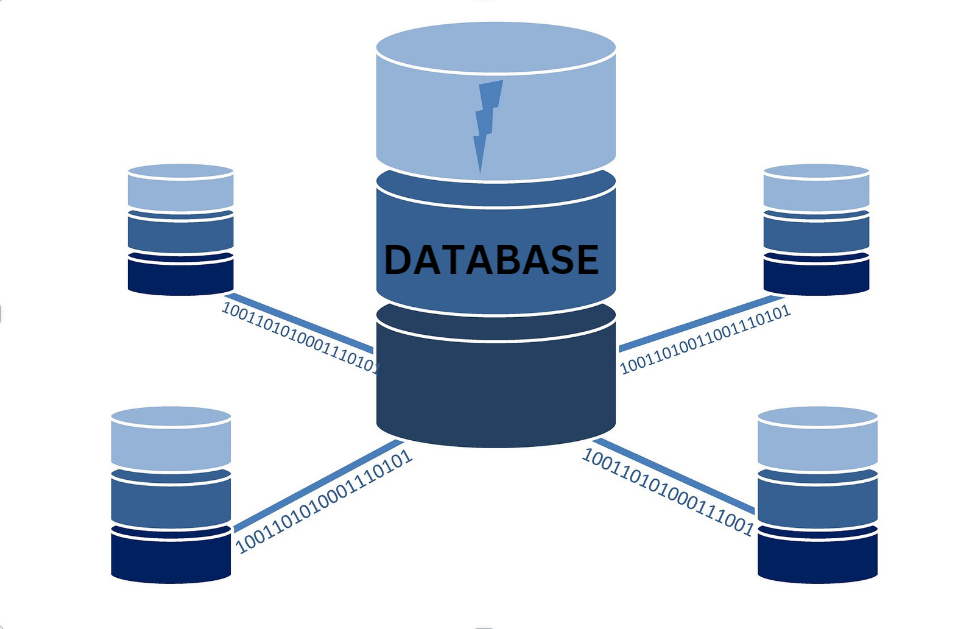Introduction to Database Systems:
A database system is a software system that enables users to efficiently store, manage, and retrieve data. It provides a structured way to organize and access data, making it easier for users to work with large volumes of information.

Key Components of a Database System:
- Data: This is the raw material stored in the database. It can be anything from text and numbers to multimedia files.
- Database Management System (DBMS): The software that allows users to interact with the database. It provides mechanisms for creating, modifying, and querying the data. Popular DBMS include MySQL, Oracle, SQL Server, and PostgreSQL.
- Database Schema: The structure that defines how the data is organized within the database. It includes tables, columns, relationships, constraints, and other metadata.
- Query Language: A language used to retrieve and manipulate data in the database. SQL (Structured Query Language) is the most widely used query language for relational databases.
- Data Model: A conceptual representation of the data and its relationships. Common data models include relational, hierarchical, network, and object-oriented models.
- Indexing: A technique used to improve the performance of queries by creating data structures that allow for faster data retrieval.
- Concurrency Control: Mechanisms to ensure that multiple users can access and modify the data simultaneously without interfering with each other.
- Data Security: Measures to protect the data from unauthorized access, modification, or deletion.
Types of Database Systems:
- Relational Databases: Organize data into tables with rows and columns. They use a schema to define the structure of the data and support SQL for querying.
- NoSQL Databases: Designed to handle unstructured or semi-structured data and provide more flexibility than relational databases. Examples include document-oriented, key-value, and graph databases.
- Object-Oriented Databases: Store data in the form of objects, which consist of data fields and methods. They are suitable for applications with complex data structures.
- Data Warehouses: Specialized databases optimized for storing and analyzing large volumes of historical data. They are commonly used for business intelligence and reporting.
Benefits of Using a Database System:
- Data Integrity: Ensures that the data remains accurate and consistent over time.
- Data Security: Provides mechanisms to control access to sensitive information and protect against unauthorized access.
- Data Sharing: Allows multiple users to access and modify the data concurrently, facilitating collaboration and teamwork.
- Scalability: Can scale to accommodate growing amounts of data and users without sacrificing performance.
- Data Recovery: Offers backup and recovery mechanisms to restore the database to a previous state in case of data loss or corruption.
In conclusion, database systems play a crucial role in managing and accessing data effectively. By organizing data in a structured manner and providing powerful query capabilities, they enable organizations to make informed decisions and drive business success.
Good article and right to the point. I don’t know if
this is actually the best place to ask but do you people have any ideea
where to hire some professional writers? Thanks 🙂 Escape rooms hub
Very wonderful information can be found on web site.?
Having read your posts. I believed you have given your readers valuable information. Feel free to visit my website Article Star and I hope you get additional insights about Churches & Faith Communities as I did upon stumbling across your site.